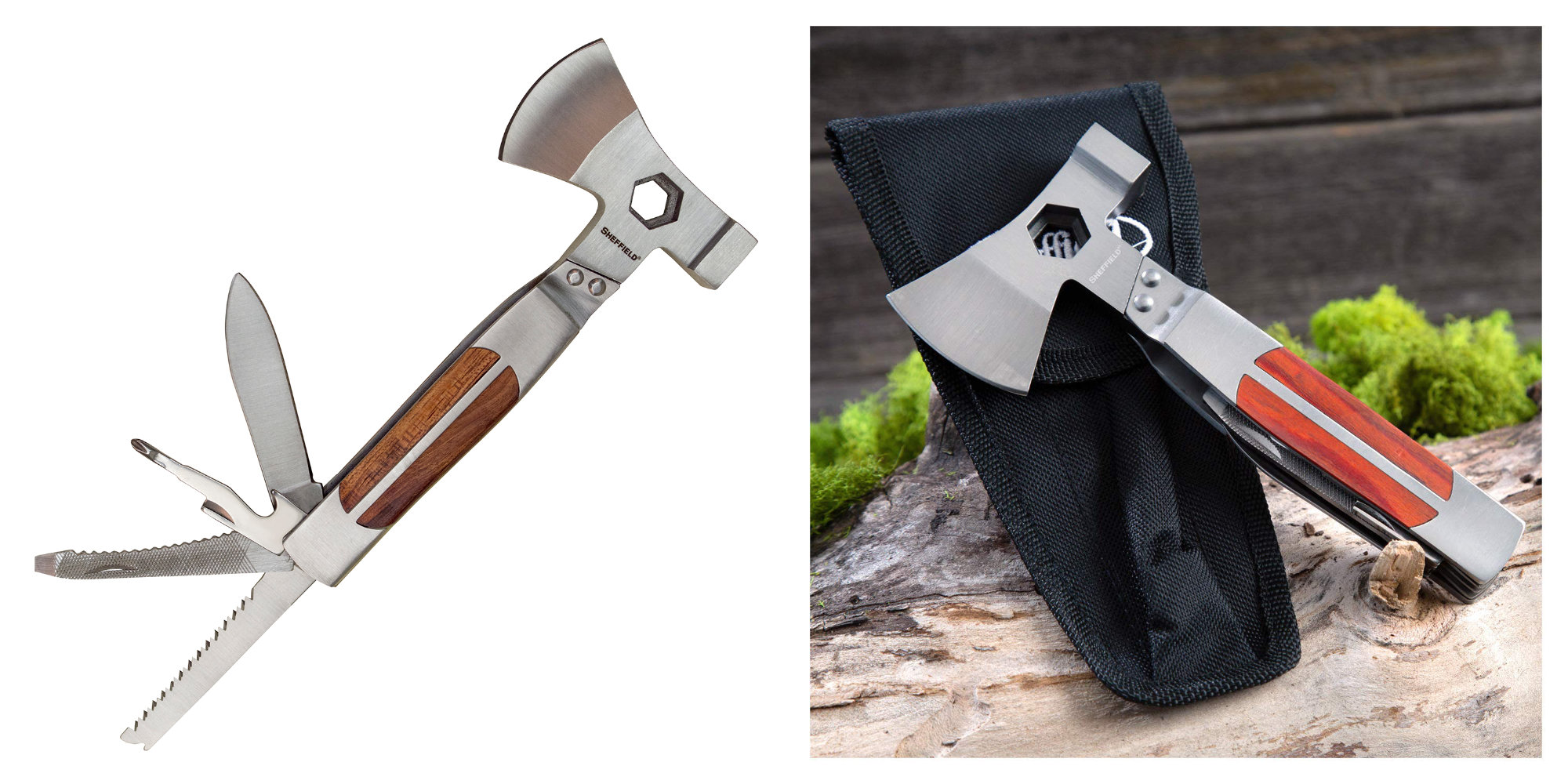
ĭeparting for the South Atlantic on 10 April, Sheffield reached Ascension Island on 14 April, accompanied by HMS Arrow, HMS Brilliant, HMS Coventry, HMS Glasgow to be later joined by RFA Appleleaf. To avoid her being mistaken for the Argentine Hércules and Santísima Trinidad, a vertical black marking was painted on the funnel and down to the side to her waterline to aid recognition. All carpets were removed except for those on Deck 1 and above (which subsequently caught fire when she was hit). Ammunition and supplies were loaded, loose fittings stowed, and unnecessary memorabilia disembarked.

In response to the Argentine invasion of the Falklands Islands, Sheffield was ordered on 2 April 1982 to join the task force being assembled to retake the islands. In March 1982 the ship transited north through the Suez Canal to participate in Exercise Spring Train, which was held in the Atlantic Ocean. Both Salt (whose most recent service had been in submarines) and his second in command (who had been an anti-submarine helicopter observer) had little or no relevant experience in surface ships and little experience in air defence. She was undergoing maintenance at Mombasa when Captain James Salt took over command on 26 January 1982. Following participation in Exercise Ocean Safari she sailed in November 1981 to undertake patrols in the Indian Ocean and Persian Gulf. In June 1981 she participated in Exercise Roebuck, following which she fired five Sea Dart missiles. The ship lacked an electronic countermeasures (ECM) jammer. Following a refit in the early 1980s, significant design issues with the ship's Type 909 radar (which was responsible for control and targeting of the Sea Dart missiles) were identified. It was not until 1980 that Sheffield became effective, with Sea Dart and partial installation of electronic warfare Abbey Hill systems. Īs the first of her class of Royal Navy destroyers, Sheffield spent her first years trying out the new systems and the Sea Dart missile system, particularly as the intended Sea Dart trials ship, HMS Bristol, suffered serious fires and problems with its steam systems restricting its use in the late 1970s. Sheffield was launched on 10 June 1971 by Queen Elizabeth II and was estimated to have cost £23,200,000 to build.


An explosion during construction killed two dockyard workers and damaged a section of hull which was replaced with a section from an identical ship, Hércules, being built for the Argentine Navy. Ordered in 1968 Sheffield was laid down on 15 January 1970 and built by Vickers Shipbuilding and Engineering at Barrow-in-Furness. Sheffield was the only one of her class to not be fitted with STWS II triple anti-submarine torpedo tubes. As this provided a prominent target for then-new infrared homing missiles, only Sheffield and the next two in the class, the Argentinian Hércules and Santísima Trinidad, had these 'ears'. The first of the Type 42 class, Sheffield, was initially fitted with the odd-looking "Mickey Mouse" ears on her funnel tops which were in fact exhaust deflectors – "Loxton bends" – for the Rolls-Royce Olympus TM3B gas turbines, to guide the high-temperature exhaust efflux sidewards and minimise damage to overhead aerials. She was struck and heavily damaged by an Exocet air-launched anti-ship missile from an Argentine Super Étendard aircraft on and foundered while under tow on.

Commissioned on 16 February 1975 the Sheffield was part of the Task Force 317 sent to the Falkland Islands during the Falklands War. HMS Sheffield was a Type 42 guided missile destroyer and the second Royal Navy ship to be named after the city of Sheffield in Yorkshire.


 0 kommentar(er)
0 kommentar(er)
